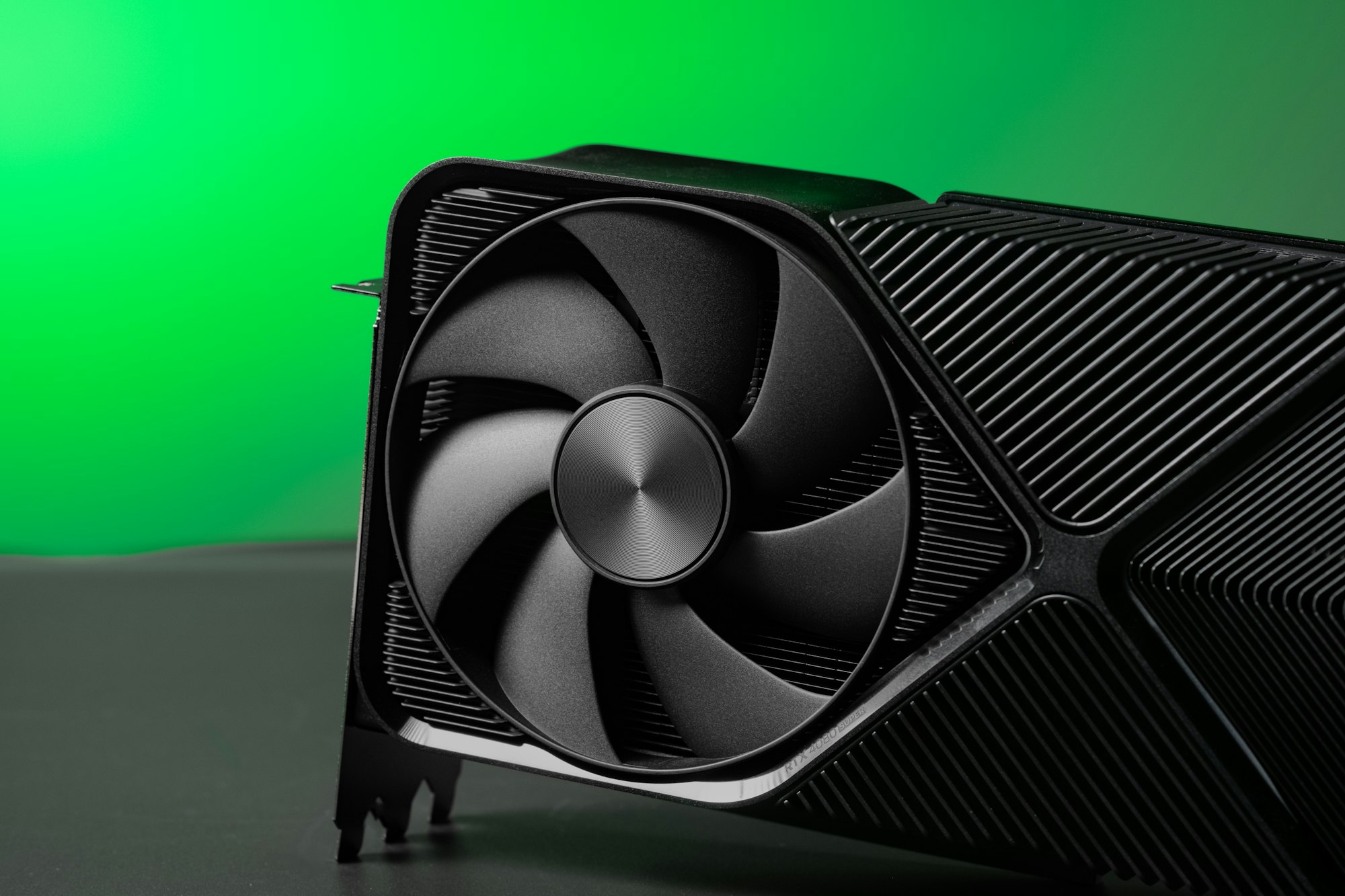💡
KEY TAKEAWAY
• Microsoft reported another strong quarter, with revenue and profit beating expectations for Q1 2026.
• Growth was driven largely by surging demand for AI and cloud services, particularly through Azure’s 40% revenue increase.
• Despite record results, investors showed concern over Microsoft’s rising AI infrastructure spending, which reached nearly $35 billion this quarter.
Microsoft finally released its financial results for the first quarter of its 2026 fiscal year, and once again, the numbers tell a story of steady, AI-fueled growth. After spending the past few years weaving artificial intelligence into nearly every layer of its business, the company is now clearly reaping the rewards.
Revenue, profit, and cloud performance all moved in the right direction this quarter, underscoring how central AI has become to Microsoft’s overall strategy. The company’s ability to turn its early bet on OpenAI into a powerful advantage across Azure, Microsoft 365, and other products continues to set it apart from rivals.
From new AI features in productivity tools to massive investments in data centres powering Azure’s expansion, Microsoft’s momentum shows no signs of slowing down. These trends highlight how Microsoft’s push into AI and cloud infrastructure is reinforcing its dominance in an increasingly competitive tech landscape.
MORE INSIGHTS ON THIS TOPIC
AI and the cloud take centre stage
As mentioned before, AI was a major driver of growth in this quarter as Microsoft’s Azure and other cloud services revenue rose 40%, well above analysts’ expectations. This surge was largely driven by the expanding use of AI models and workloads hosted on Azure, many of which come directly from Microsoft’s deep partnership with OpenAI.
Through its exclusive access to OpenAI’s models, the same ones that power ChatGPT and Microsoft 365 Copilot, the tech giant has positioned Azure as a go-to platform for companies building and deploying AI systems. CEO Satya Nadella described it as a “planet-scale cloud and AI factory,” a phrase that captures how central Azure has become to the company’s overall growth.
That AI infrastructure is being built at record speed. Microsoft reported nearly $35 billion in capital expenditures (CapEx) during the quarter, a 74% increase from the same period last year, much of it directed toward data centers and AI capacity expansion. CFO Amy Hood noted that Microsoft’s data centers are running at near full capacity and that demand for AI infrastructure remains “short of capacity.
Still, this rapid expansion is not a gamble on future demand; it’s being driven by booked business that already exists. Hood explained that Microsoft is spending aggressively to meet commitments it has already made to customers using its cloud and AI tools.
Microsoft’s big AI bet is finally paying off, as Azure does the heavy lifting
But, while Bing has leaned hard into AI, it hasn’t moved the needle against Google’s dominance in search.
Beyond AI, other business pillars still matter
While AI and the cloud remain the stars of the show, they aren’t the only things holding Microsoft up. Its Productivity and Business Processes division, home to Microsoft 365, LinkedIn, and Dynamics, continued to perform strongly, growing 17% year over year to $33 billion.
That growth came largely from Microsoft 365 subscriptions, which remain the backbone of enterprise productivity, while LinkedIn maintained double-digit momentum with a 10% rise in revenue as demand for talent-driven insights picked up. Dynamics 365 also grew 18%, showing how deeply businesses are now embedding Microsoft tools into their workflows, especially as Copilot integrations make these platforms smarter and more useful.
On the other side, the More Personal Computing unit, which houses Windows, Surface, and Xbox, showed quiet but steady improvement. Revenue rose 4% to $13.8 billion, helped by a recovery in Windows OEM sales and a 16% bump in search and news advertising. Even with hardware demand still soft, this segment has proven resilient, balancing out slower growth from Xbox content and services.
Altogether, Microsoft’s operating income surged 24% to $38 billion, with net income climbing to $27.7 billion, clear signs that the company’s mix of AI innovation and core software stability continues to pay off.
The numbers that tell the story
All of these gains fed into what was ultimately another standout quarter for Microsoft. For the three months ending September 2025, the company reported revenue of $77.7 billion, beating Wall Street’s forecast of $75.5 billion. Earnings per share rose to $3.72, slightly above expectations, while operating income climbed 24% to $38 billion, showing how effectively the company’s mix of AI services, cloud infrastructure, and productivity software continues to deliver.
Azure remained a major growth engine, expanding 40% year over year, and its momentum has clearly justified Microsoft’s aggressive spending, with capital expenditures reaching $34.9 billion, up 74% from the previous year. Altogether, the results reflect a company not just performing well, but building for scale. Even its guidance for the next quarter, between $79.5 billion and $80.6 billion in revenue, hints at the confidence of a firm that expects demand for AI and cloud to keep accelerating.
Investors Remain Cautious
Despite its strong results, Microsoft’s stock fell nearly 4% in after-hours trading following the report. The drop reflected investor unease over the scale of AI-related spending, not the performance itself. Analysts have drawn parallels to the late-1990s dot-com bubble, warning that surging valuations and massive infrastructure investments could outpace real returns.
Still, Microsoft insists its spending is justified. The company has already booked enough AI demand to require continued expansion well into 2026. Its strategy is to grow ahead of the curve, ensuring it doesn’t miss out on the current wave of enterprise AI adoption.
Conclusion
Microsoft’s Q1 2026 performance reinforces its position as one of the biggest beneficiaries of the AI economy. Its combination of strong cloud growth, AI integration across products, and disciplined yet ambitious investment has helped it consistently beat Wall Street expectations, even as it spends heavily to stay ahead.
Whether that spending spree will continue to deliver proportional returns remains to be seen. But for now, the company’s approach to blending AI with every layer of its business seems to be working exactly as intended.
Nvidia Just Hit $5 Trillion Valuation
Nvidia’s $5 trillion valuation now exceeds the combined market caps of AMD, Intel, Broadcom, TSMC, and Qualcomm.



















